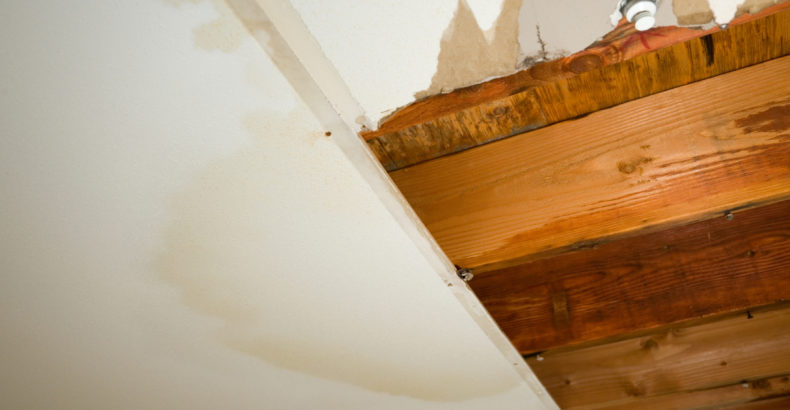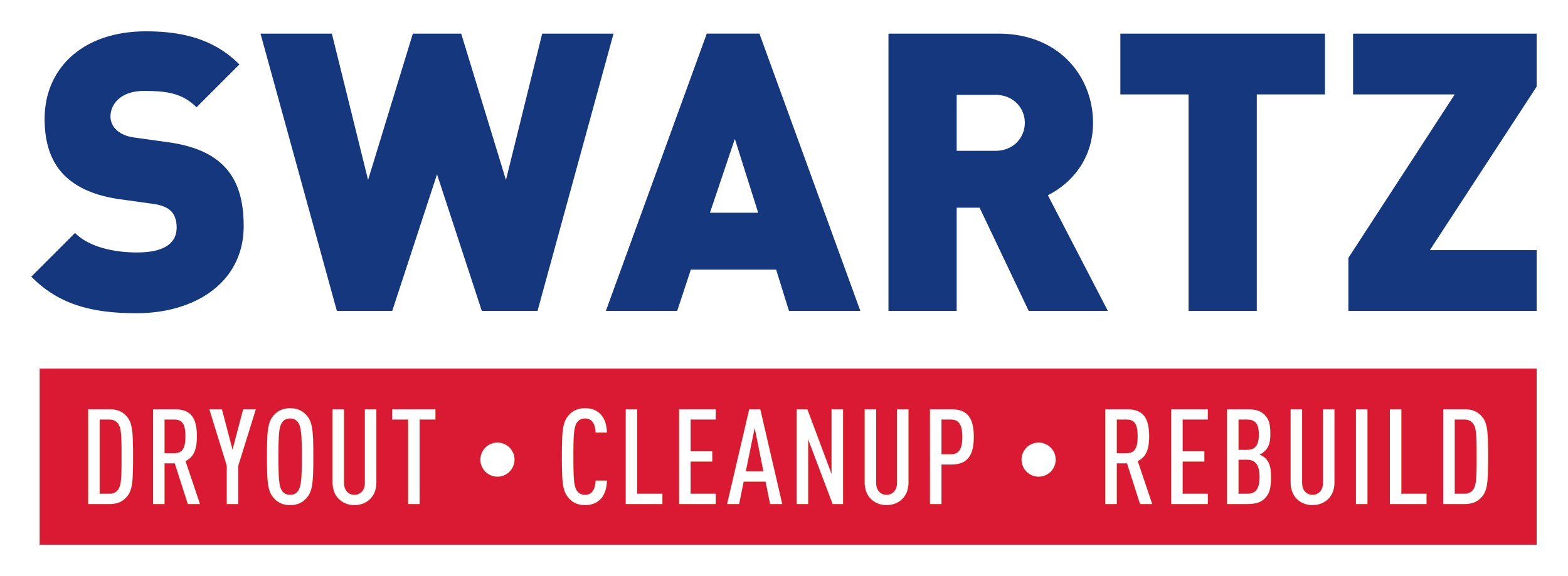
Water Damaged Drywall
Is it just us, or has Northwest Ohio felt a bit like Seattle lately? We’ve had quite a bit of rain, but even more so we’ve had incredibly heavy rain showers. Naturally, this has lead to homeowners discovering leaks they previously were not aware of. And in many cases, this will lead to water damaged drywall.
You might think “The leak wasn’t that bad. There are just a few minor stains, and we’ll paint over them.” In some very rare cases, this might be okay, but the vast majority of the time, you’re going to want to address the damage as soon as possible.
Why is water-damaged drywall a big deal?
Drywall is made of materials, such as gypsum, that is naturally prone to moisture absorption. They’re also a perfect breeding ground for mold. Not every case of wet drywall will lead to mold, but the longer the material stays wet, the higher the probability of mold developing.
Drywall should never feel particularly soft either. While the natural humidity levels in the house can lead to some very minor “give,” generally speaking, your drywall should be firm to the touch. Drywall on the ceiling, if it gets significantly wet, can give out and fall to the ground.
Find the source
Sometimes it’s obvious: missing shingles, a leaky pipe, an overwhelmed sump pump. Other times you made need to dig deeper. Did you know that your outside water hose spigot actually can cause damage on the inside, if the bibb cracks? You may have a leak in your basement or crawlspace from a $30 part.
A leak should always be investigated. If ignored, a $30 part may turn into a $3,000 repair.
Replace
The next thing to consider if you have a leak is whether you can allow your drywall to simply dry out, or if it will need to be replaced. As we mentioned earlier, some homeowners will simply paint over the stained drywall thinking it’s a one-off event. This is possible, if the damage was minimal and the source of the leak stopped.
We caution allowing any significant damage to be left in place. There is a strong possibility that the wood behind the drywall has also been damaged. It is always best to have a contracting professional inspect the damage to determine if the drywall should be cut out. They have the right tools to determine the levels of moisture behind the wall, helping you make an informed decision.
Remediation
Replacing drywall is not overly challenging, but here is where we again urge caution. If mold growth has formed, replacing it on your own can cause those spores to enter the air. Respiratory issues, particularly to those with weakened immune systems, are likely to develop once exposure to black mold has happened. The full extent of black mold poisoning is one to read up on elsewhere; suffice it to say the detriment to your family’s health can be severe if black mold is allowed to remain or is “awakened” when infested building materials are removed without proper safety precautions.
Fixing your water-damaged walls is one of our specialties, and we’re more than happy to help get your home back up and running. If you have an emergency issue, a member of our team will be in touch quickly. Contact us anytime you suspect a leak or water damage.
